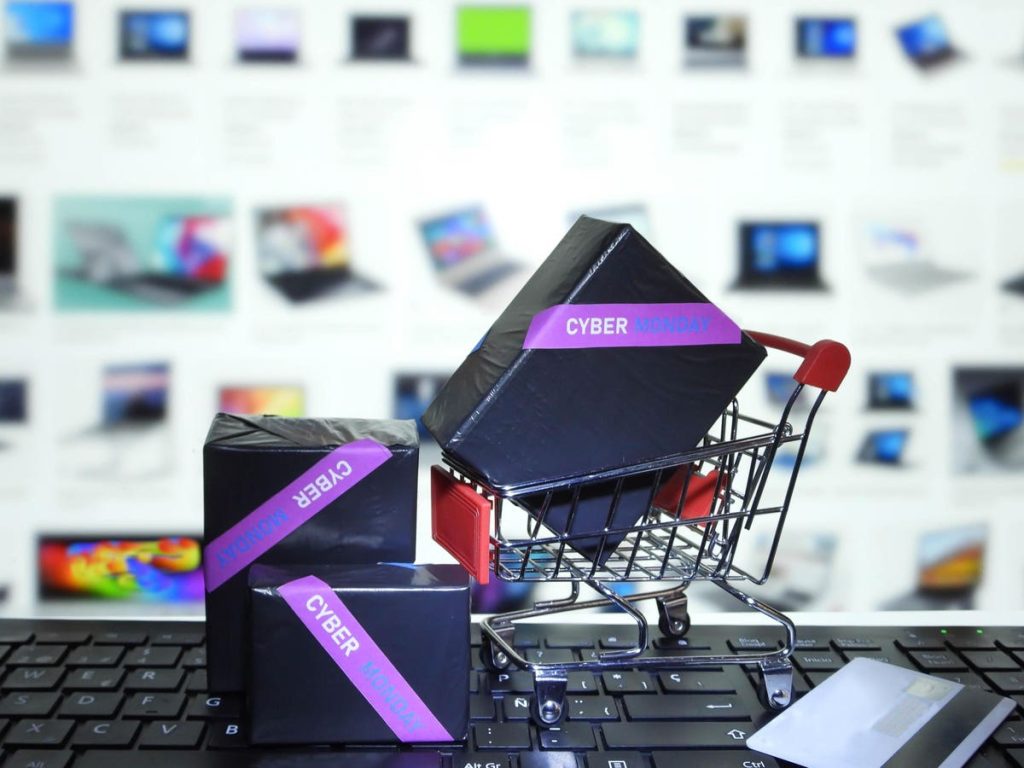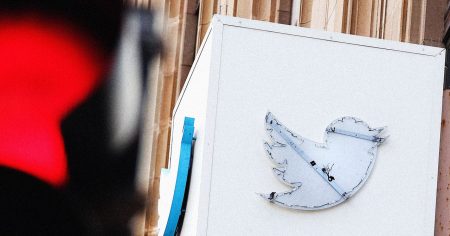Jose Herrera, CEO & cofounder, Hire Horatio CX.
Black Friday, the Friday immediately after Thanksgiving, has come to signify the beginning of the Christmas shopping season in the United States. However, in recent years, and especially in post-pandemic times, Cyber Monday, the online shopping equivalent of Black Friday, has set even bigger records than its brick-and-mortar counterpart.
Modern-day consumers tend to prefer browsing in the comfort of their own homes rather than the crowded and often unpredictable retail debacles Black Friday can bring in stores. In fact, in 2020, Cyber Monday online sales peaked at nearly $11 billion, setting an all-time record for digital revenue in the U.S.
This phenomenon is not just restricted to American consumers. For example, while the U.K. may not celebrate Thanksgiving, Cyber Week sales in the U.K. increased by 146% in 2020, placing the country at the second spot globally in overall sales. Other European countries such as Germany and Spain have taken advantage of Cyber Monday sales in recent years as well.
High Stakes Of The Black Friday And Cyber Monday Sales
With the increasingly competitive nature of Black Friday and Cyber Monday, there is immense pressure for brands to stick out from the crowd and exceed customer expectations. Beyond the business demands, shoppers are feeling the stresses of these shopping holidays as well.
The holiday has a reputation that proceeds itself as stressful for snagging the best deals. Beyond the frenzied reputation, consumers have reported not “trusting the hype.” In fact, 62% said they don’t trust that Black Friday sale prices are any different from the rest of the year—a feeling which is supported by data with one study showing that just one in 20 Black Friday discounts were genuinely the lowest price the product had been all year.
With glaring roadblocks and the need to surmount this increasing pressure, I believe that the key to creating a winning strategy is to have a multi-pronged customer experience (CX) approach. As a leader of a CX company, here are a few tips to help ensure that these big shopping days are not a headache for your consumers, but rather an opportunity for your brand to create a memorable experience that can lead to increased sales and customer satisfaction.
Start Earlier Than You Think
When getting your CX plan prepared, your team will need to start earlier than you think. With each passing year, the timetable for things like marketing and data acquisition seems to move up. You want to ensure that your consumers know the details about your business’ Black Friday and Cyber Monday offerings.
How will you stick out from the crowd? What will be a differentiator in both the lead-up and the actual days from the high levels of competition? Being laser-focused on your targeted customer database—with equal parts of attention for repeat customers and attracting new consumers—is critical and the reason to start preparing for Black Friday and Cyber Monday at least six months ahead of the season.
Make The Most Of CX Automation Tools
While extensive and specialized training, run-throughs and a detailed plan of action should be top priorities for your agents and CX team, the two holidays in question need to also be supported by flawless technological support. The last thing your customers want on Black Friday or Cyber Monday is to be confronted by technological glitches or slow or clunky messaging systems.
Autonomous CX is not something your team can implement with the belief that all things will run smoothly nor is it a replacement for their out-of-the-box thinking. However, having these systems be as up to date as possible and prepared as a tool for support can help to create a more memorable and hopefully less-frazzled experience for your customers on these heightened shopping days.
Personalize And Curate As Much As Possible
Nearly every brand big and small participates in these two huge shopping days. Finding a way to make your customers feel seen will lead to appreciation and in turn added loyalty.
How can you personalize a hectic shopping experience? An example could be to send out curated lists weeks in advance. Make sure as well to have a varied amount of content—from written articles delving into your brand’s deals to video content (instructional videos, influencer marketing with their “top picks,” etc.). In short, creativity is king in making your customers feel that your Cyber Monday and Black Friday are an experience rather than a gimmick.
Extending Post-Holiday Appreciation
Black Friday and Cyber Monday often get painted as frenzied holidays that are stressful for both businesses and customers. To help alleviate this, I believe you should mark a successful holiday experience by not only the number of sales but also by how your brand delivered a safe, memorable and positive experience for consumers.
After the big day, I recommend that you extend your appreciation to your customers. If they made a purchase, follow up with a short survey and see how they are enjoying it. Consider also extending additional discounts or free gifts with purchases.
Even if a customer did not have a transaction, you can incentivize brand loyalty by sending a curated email based on their browsing history from Black Friday or Cyber Monday. Also, make sure this happens shortly after the shopping holiday, for as per the CX Network, “customer surveys can be ineffective if the insights are captured days or even weeks after the transaction.”
Engaging with consumers before, during and after these momentous occasions can help you get a 360 view of your customers’ habits, preferences and experiences on these holidays. This holistic approach and understanding will be much more beneficial in planning how to improve the CX experience for Black Fridays and Cyber Mondays to come.
Forbes Business Council is the foremost growth and networking organization for business owners and leaders. Do I qualify?
Read the full article here










